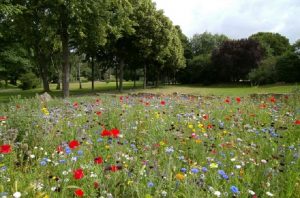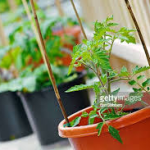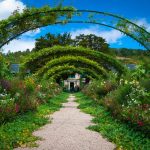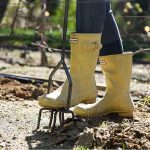Gardening is a therapeutic experience. However, buying a plant from the nursery does not inspire the same feeling as growing one from a seed. Flowers are a symbol of beauty. Watching something beautiful bloom under care can be one of the most gratifying experiences. Setting up equipment, purchasing flower seeds and maintaining plants is not as difficult as it may seem. With a simple guide, one can have blooming flowers in no time.
Gardening Zones
The first thing is deciding the gardening space available. Flowers are versatile and can thrive in open ground gardening and raised garden settings like pots and planter boxes. They could range from a small flower pot on the windowsill to a large backyard flower garden.
Knowing the Soil
In the case of ground planting, the ground soil profile may not be clean. Using laboratory services to estimate fertility is not a terrible idea.
On the other hand, with pots, one can source and purchase good quality nutrient-rich soil. The most viable soils are usually loamy or black.
Choosing Flower Seeds
There are two things to consider before choosing and purchasing seeds – Quality and Type.
Quality
The quality of a seed is crucial. Without ensuring its quality and viability, one will never know if the failure of a plant was due to poor seed quality or lacking plant care. Upon purchasing seeds from a verified brand, one can easily rest assured of quality. However, one can also run quick tests at home. Upon placing seeds in a bowl of water, all viable seeds will sink. Seeds that float or remain at the surface are most likely damaged and will not germinate.
Type
One should start with easy-to-plant and foolproof flowers to understand caring for plants. Once that is standardised, it is easier to move onto flowers that require more care. The following flower seeds are popular picks:
- Marigolds – These bright and bold flowers flourish as long as it receives adequate sunlight.
- Saint Alyssum – They are dainty flowers that come in a range of colours, namely white, pink and purple, and their honey fragrance can be refreshing
- Zinnias – are beautiful flowers that grow four feet tall. However, if Japanese beetles thrive in the area, steer clear to avoid infested gardens.
- Impatiens – are adorable flat pink and white flowers. They grow well in shady areas and well-drained soil.
- Morning Glories – These trumpet-shaped flowers are often beautifully coloured. They’re perfect for covering fences.
- Sweet pea – These versatile plants can grow anywhere. Their pastel-shaded flowers are dainty and gorgeous.
Know your Flowers and Frost Cycle
After experimenting and researching, one will figure out which flowers grow best in their space. Flowers can either grow again and again or die out after blooming once. For flower gardens, it is easier to opt for self-sowing flowers that can bloom year after year.
With annual flowers, knowing frost timing in your area is crucial for planning. One should plant seeds long before the frost. This planning will keep the seed’s germination safe from the adverse effects of the cold.
Design and Placement
Flowers provide a pop of colour. The decoration and design is the most integral part of maintaining a flower garden.
There are different designs to use. The most popular one being grouping by shapes and types. Uniformity is appealing, but some believe this design is too conservative. Other design methods include putting different flower shapes together and placing different types of flowers in layers.
Setting up a flower garden is surprisingly simple. With the correct guidance and sufficient dedication, one can have pretty flowers blooming in no time at all. Read more: rose types.








